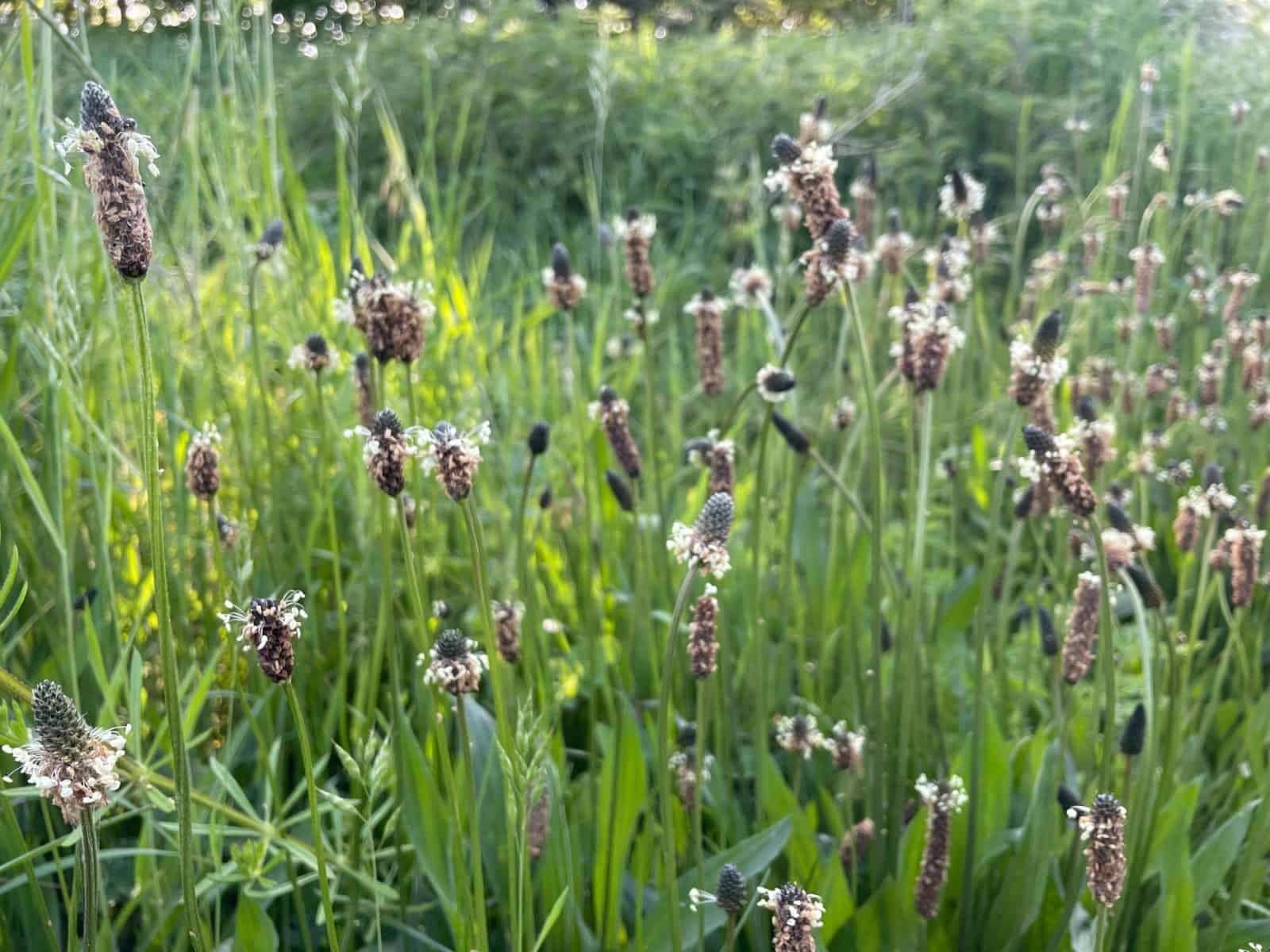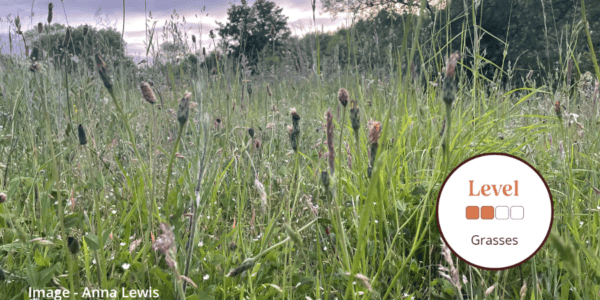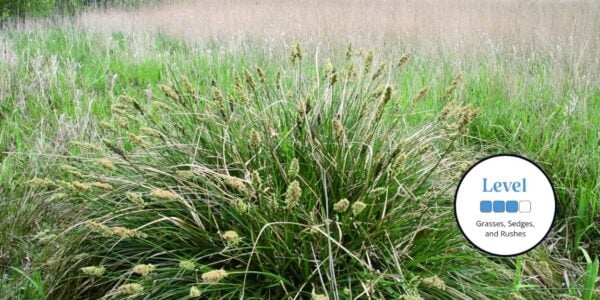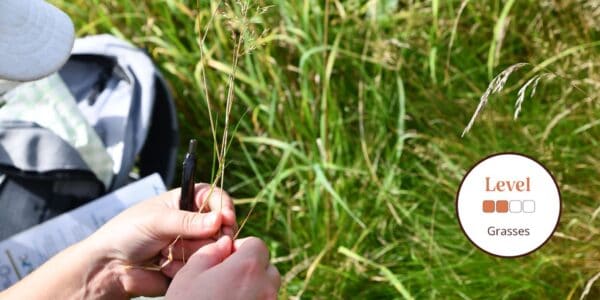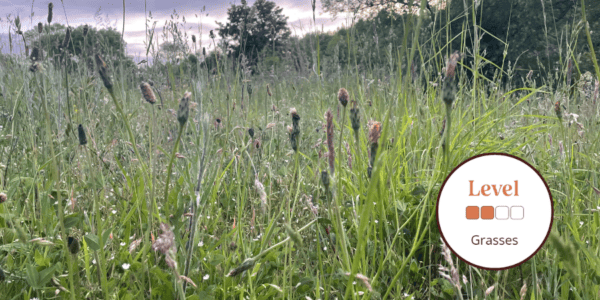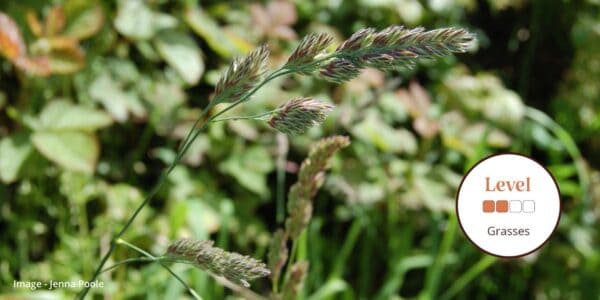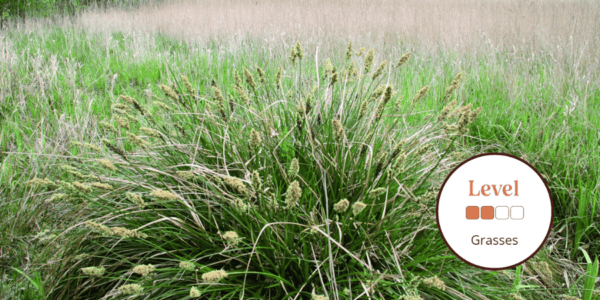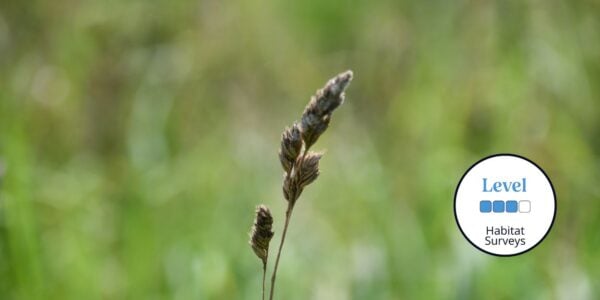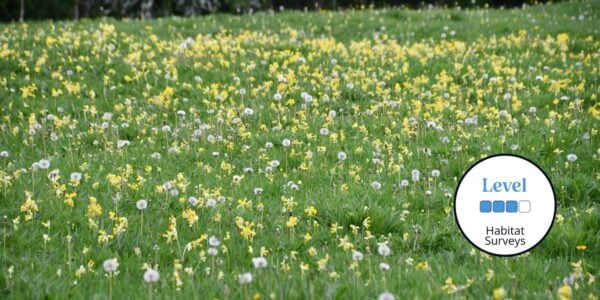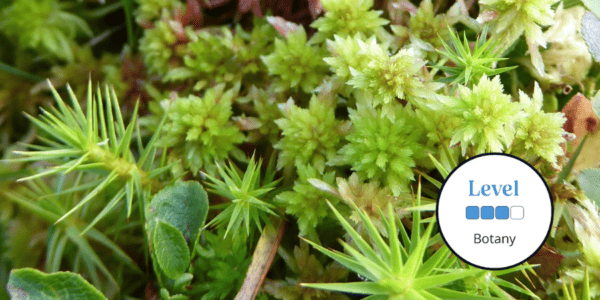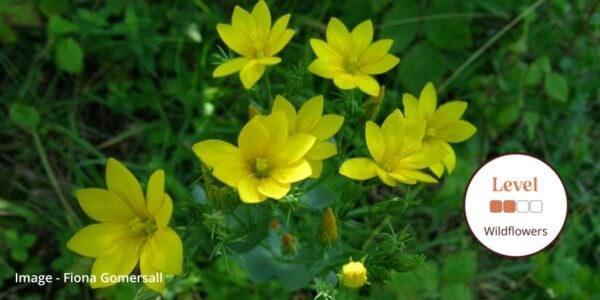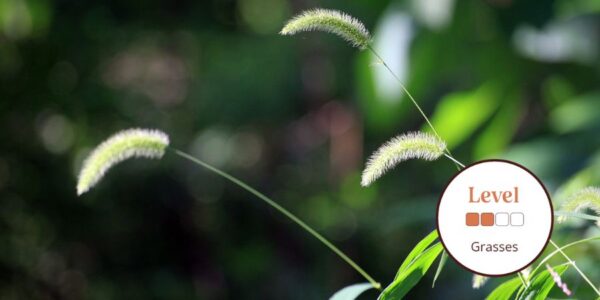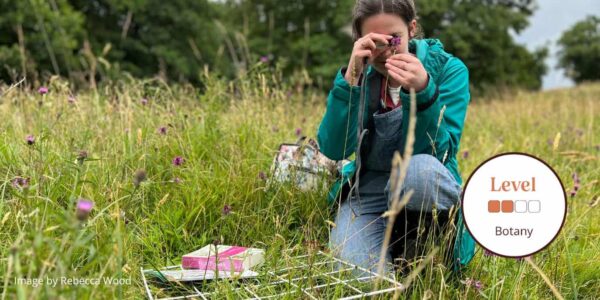
Discover more as you learn about UK Grasses, Sedges and Rushes and improve your skills on our beginner to advanced courses.
We run regular grasses courses throughout the year delivered online and UK wide by expert tutors and follow a framework to progress your learning at a level to suit you.Grasses and grass-like plants are vascular plants and are annual or perennial in their growth habits.
Grasses, Sedges, Rushes Identification
The reason they are often singled out is because they do not have the showy flowers of many of the other plant families – but have a completely different floral structure, which is wind pollinated so therefore not evolved with the colour and scent to attract invertebrates. This makes their flowers smaller, much more delicate and often more muted colours with subtle greens, browns sometimes with blue and reddish hues. They are monocotyledons – which means they only have one seed leaf. Just think of a sweet corn pushing up it’s one shoot compared to a broad bean showing two mini leaves when it first sprouts. With similar leaves, growth habits and flowers we have grouped grasses, sedges and rushes all together in this section. There is a little rhyme to keep them in our heads:
‘Sedges have edges
Rushes are round
Grasses are hollow
Right down to the ground’
They are fantastic indicators of habitat type but some people find them a little tricky to identify. This means we have a range of courses to explore a whole range of new terms like glume, palea, lemma and ligule! A great new vocabulary tio help us understand this vital group of plants and help to identify them in the field.
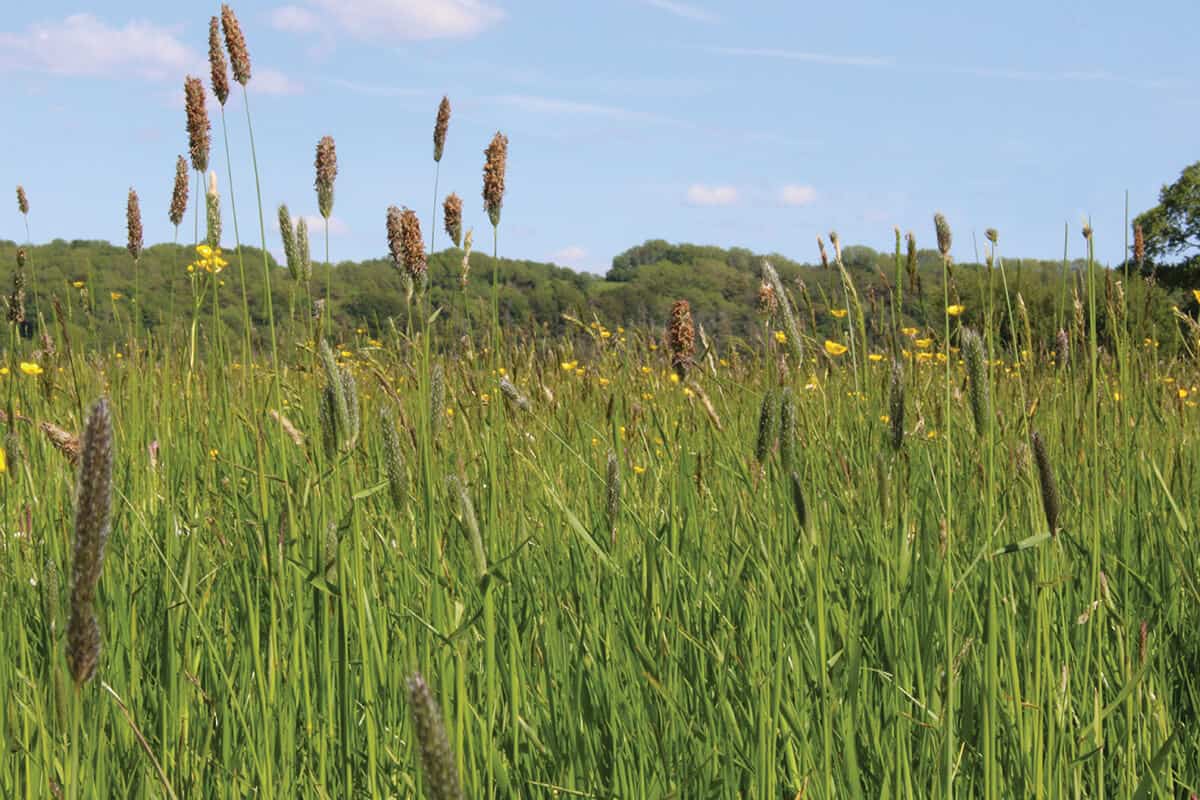

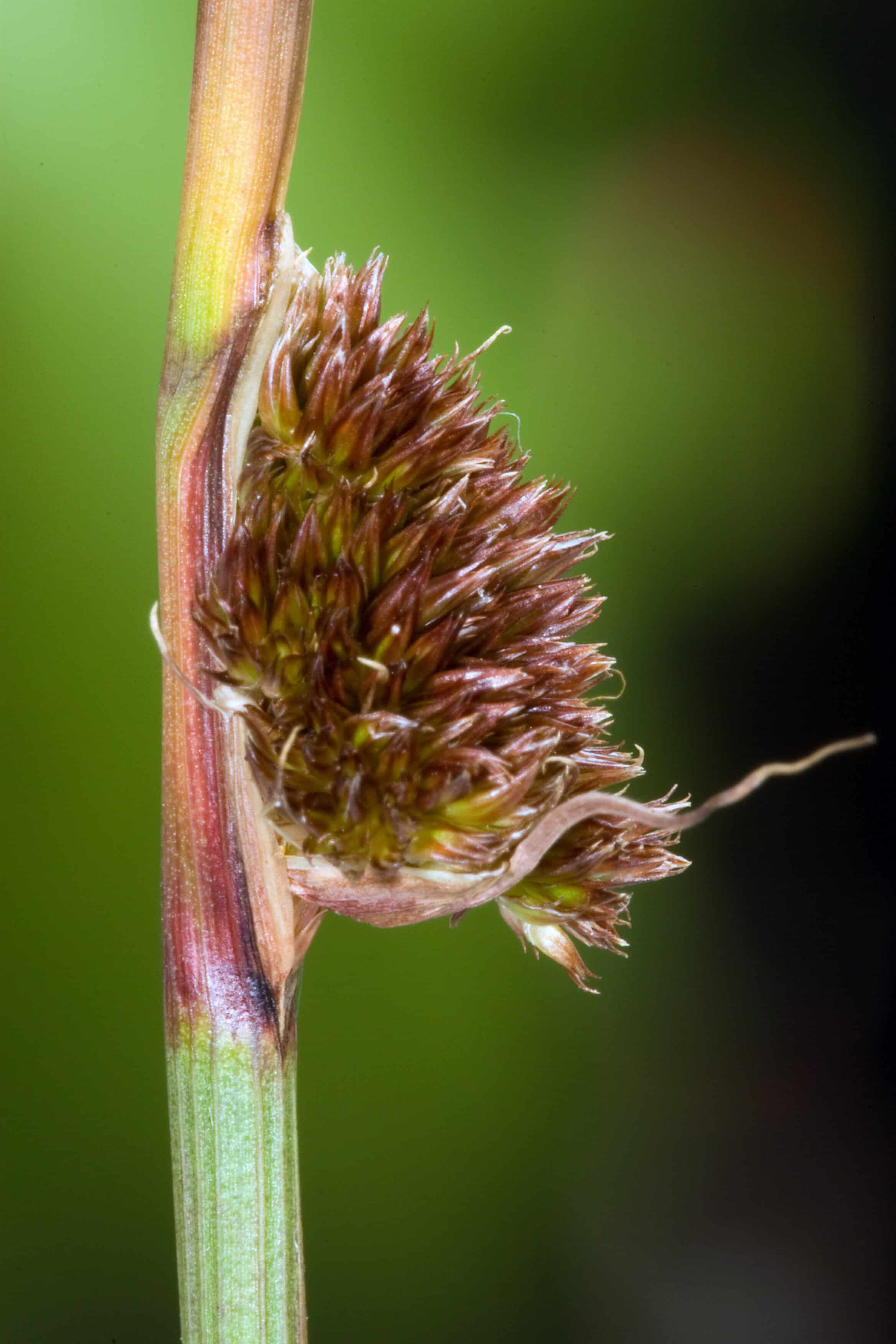
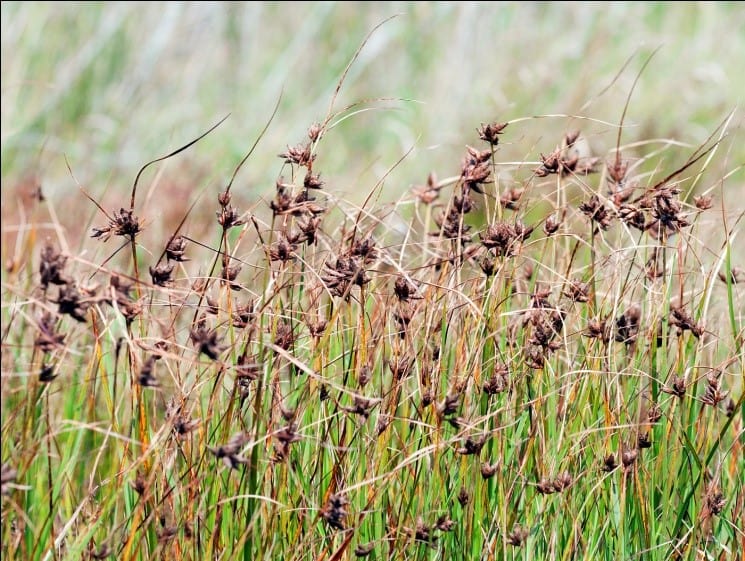
Grasses, Sedges and Rushes Courses
Our Grasses, Sedges and Rushes courses are delivered by experts in the field, and will equip you with the skills and knowledge to discover more about the these plants. Our beginner courses are for anyone interested in discovering and furthering their knowledge of the British grasses, sedges and rushes. You can learn how to identify the key characteristics of amphibians and acquire or improving identification and survey skills. We also offer licensing courses for more advanced levels.
Training is led by expert tutors who are passionate about the subject. Taking place at venues across the UK, or online, our courses are designed to progress your learning at a level to suit your needs. If you are interested in our grasses online training, you can read about our Moodle learning environment.
Each course is part of a learning framework. You can see the course level descriptions here. Natural history courses are available at all levels from beginner through to professional training.
Find out about bursaries for natural history courses including grasses and grass like plant courses.
Identification Resources
Our Grasses Identification Guide features 30 grasses common in Britain and Ireland.
Beautiful colour paintings of each species include key identification characters, with ligules and flower heads illustrated for each species. A special feature of this chart is a simple-to-use lateral key, which should enable you to identify grasses even when the flower heads are not present.
Grasses AIDGAP uses vegetative characters to identify the 90 most common grass species found in the UK. This Grasses guide is part of the FSC’s AIDGAP series (Aids to Identification in Difficult Groups of Animals and Plants).
The Floodplain meadows guide features 48 indicator species of flowering plants from this internationally rare habitat. Beautiful colour paintings show the key features of each plant. But this chart is not solely an identification guide. The species and communities give clues to a site’s history, management, soil fertility and water regime.

